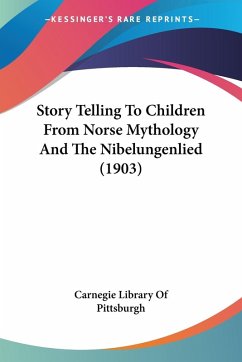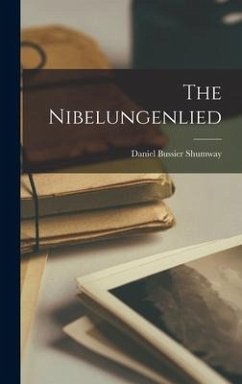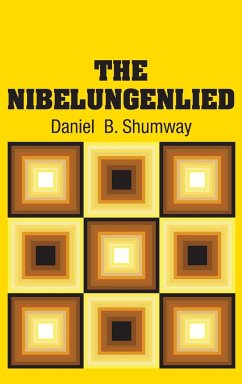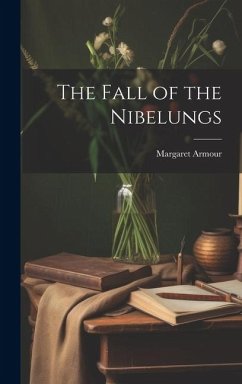
Epic! Homer and the Nibelungenlied in Translation
Versandkostenfrei!
Versandfertig in 1-2 Wochen
17,99 €
inkl. MwSt.

PAYBACK Punkte
9 °P sammeln!
The exhibition 'Epic! Homer and the Nibelungenlied in Translation' in the Taylor Institution Library, Oxford, reveals the different stages, trends, key impulses, and idiosyncratic approaches to the translation and adaptation of Homer and the Nibelungenlied. Showcasing a range of material from the Taylor Institution Library's collections, alongside additions from the Bodleian Library, and from private collections, 'Epic!' explores the deeply entwined history between these two cultural touchstones. This entanglement began with the judgement of the Swiss critic Johann Jakob Bodmer 'Dieses Gedicht...
The exhibition 'Epic! Homer and the Nibelungenlied in Translation' in the Taylor Institution Library, Oxford, reveals the different stages, trends, key impulses, and idiosyncratic approaches to the translation and adaptation of Homer and the Nibelungenlied. Showcasing a range of material from the Taylor Institution Library's collections, alongside additions from the Bodleian Library, and from private collections, 'Epic!' explores the deeply entwined history between these two cultural touchstones. This entanglement began with the judgement of the Swiss critic Johann Jakob Bodmer 'Dieses Gedicht hat etwas iliadisches' - 'There is something Iliad-like about this poem', who set the tone for public perceptions of the Nibelungenlied shortly after its rediscovery in the mid-eighteenth century. With these words Bodmer prompted future generations to look at the medieval German epic in terms of Homer, some of whom grappled with this idea quite willingly, others reluctantly. As late as the 1970s, when the German writer Franz Fühmann attempted to re-envision the Nibelungenlied in the light of national identity in the GDR, he found it necessary first of all to distance himself from the deeply entrenched trope of the 'German Iliad'. What does this trope mean exactly? What are the implications of looking at the Nibelungenlied through the prism of the Homeric epics - and vice versa? In what way did it affect dealing with the texts, with ideas about the epic and ideas about things which have been tied to it in different ways - about gender, nation, violence? And how do these readings still inform our world today? The books featured in this exhibition tell a story, not simply of translation, but of the various attempts by authors to assert ownership of these epics for different national and pre-national identities, for specific ideas of masculinity and femininity, for militaristic agendas and racist ideologies, and also, more recently, for feminist and queer causes. Building on the 2022 exhibition 'Violent Victorian Medievalism' curated by Mary Boyle, 'Epic!' also shines particular light on adaptations that have been created for children, and to the fraught topic of women and violence. Three essays by Mary Boyle, Philip Flacke, and Timothy Powell discuss various stages of the epics' reception in four centuries where these ideological battles have been fought. These essays are accompanied by two extensive appendices that chronicle the inexhaustible possibilities of telling the same story, as well as the often bizarre and sometimes frightening endorsements and critiques of comparing the Nibelungenlied to Homer. The centre piece of the volume is the richly illustrated catalogue for the exhibition at the Taylor Institution Library in five sections: 1: Epic? 2: Translating Verse. 3: Mapping Myth. 4: Powerful Women. 5: The Pierced Body. 6: Violent Revenge. Concluding the volume is a catalogue of the Homeric Fragments in the collection of the Bodleian Library, curated by Nigel Wilson and Peter Tóth. This book is part of the 'Cultural Memory' series of the 'Treasures of the Taylorian', which aims to bring the books from the collections into dialogue with wider topics outside. It accompanies the workshop 'The Reading and Reception of the Homeric Poems and the Nibelungenlied in Germany and Europe from the Eighteenth Century to the Present', co-hosted by the Meran Academy and Oxford Medieval Studies.














